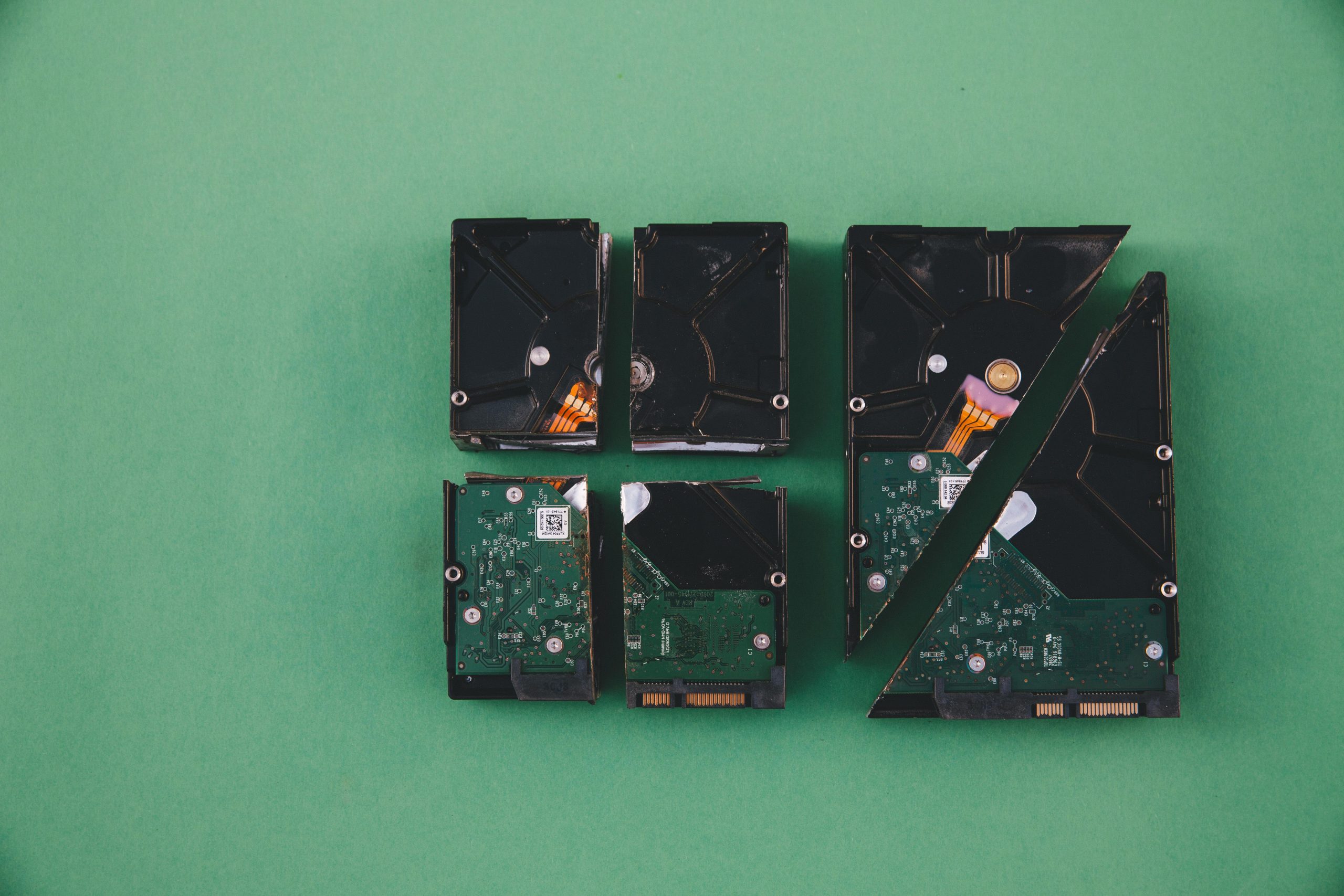Understanding and Resolving Persistent Disk Usage Issues on Windows 11
Experiencing consistently high disk usage on Windows 11 can be incredibly frustrating, especially when your system becomes unresponsive even during idle times. If you’re facing that your disk utilization spikes to 100%, causing system freezes and hindering everyday tasks such as gaming, video editing, or browsing, you’re not alone. In this guide, we’ll explore the common causes of these issues and provide effective troubleshooting strategies to restore your system’s performance.
Recognizing the Problem
Many users report that their Windows 11 PCs exhibit constant, unchecked disk activity—even when not actively using the computer. This behavior leads to system freezes, slow response times, and difficulty performing routine activities. Interestingly, the Task Manager often highlights the “System” process as the primary consumer of disk resources, making it challenging to pinpoint the root cause.
Common Causes of High Disk Usage
While numerous factors can contribute to high disk activity, some typical culprits include:
- Windows processes such as Superfetch (SysMain), Windows Search, and Windows Update.
- Background services or Windows Defender activities.
- Driver conflicts or outdated hardware drivers.
- Faulty or outdated SSD firmware.
- Malware or malicious software activity.
- Hardware issues with the disk itself.
Troubleshooting Steps
- Check the Task Manager and Resource Monitor
Start by monitoring disk activity under Task Manager (Ctrl + Shift + Esc) or Resource Monitor. Confirm if the “System” process is indeed at the top of disk utilization. Sometimes, other processes like Windows Search or Superfetch might appear as culprits, but they can indirectly cause high disk usage.
-
Disable Windows Search and Superfetch
-
Open Command Prompt as an administrator.
-
Execute the following commands to disable these services temporarily:
net.exe stop "Windows Search"
net.exe stop "SysMain" -
Observe if disk activity improves. To permanently disable, disable these services via the Services app (services.msc).
-
Update Device Drivers and Firmware
-
Ensure your motherboard, SSD, and graphics drivers are up to date.
-
Visit the manufacturer’s websites to download the latest firmware updates for your SSD and drivers for your hardware.
-
Check for Windows Updates
-
Navigate to Settings > Windows Update and apply all pending updates. Sometimes, updates contain fixes for known disk performance issues.
-
Disable Windows Features
-
Turn off features
Share this content:



